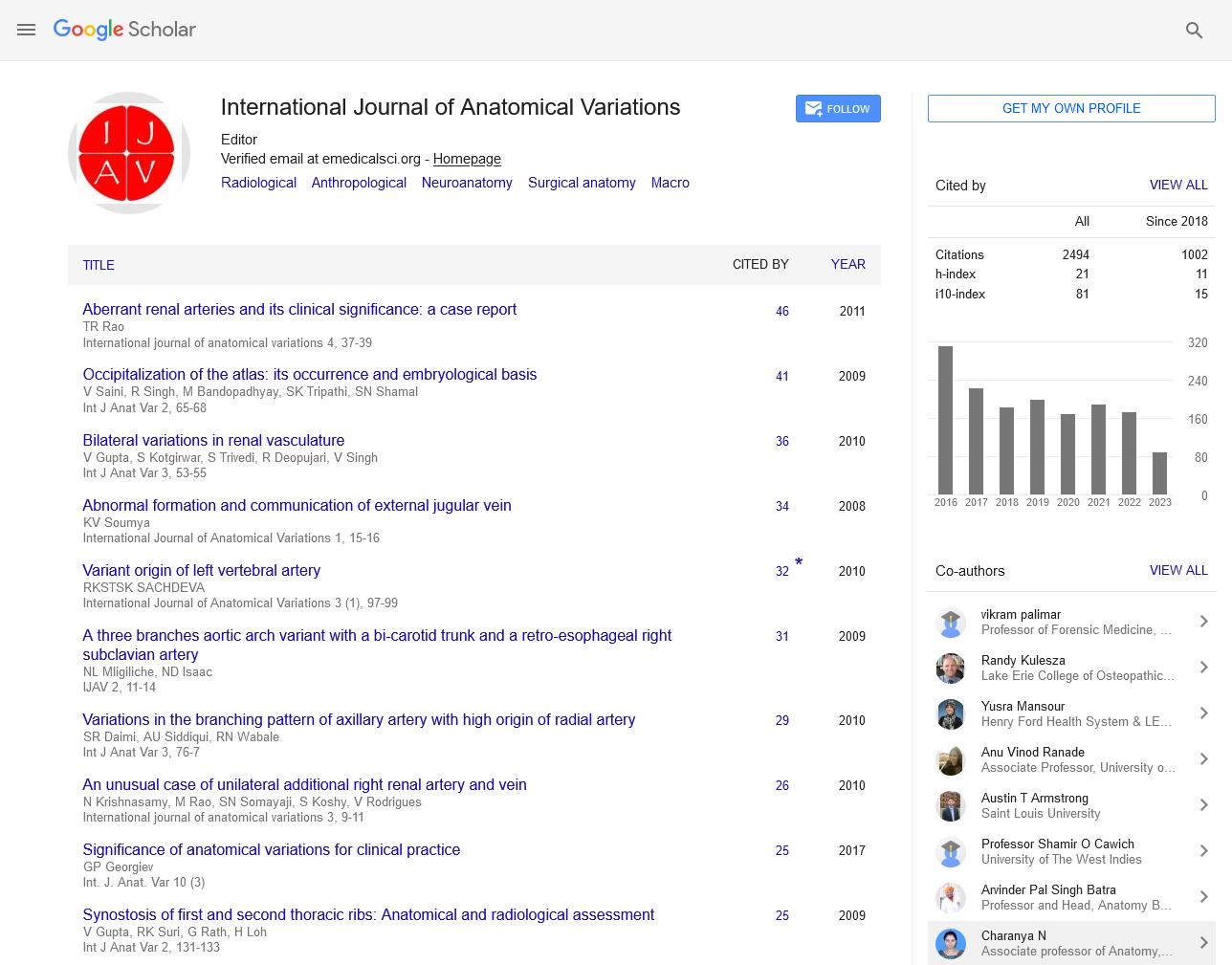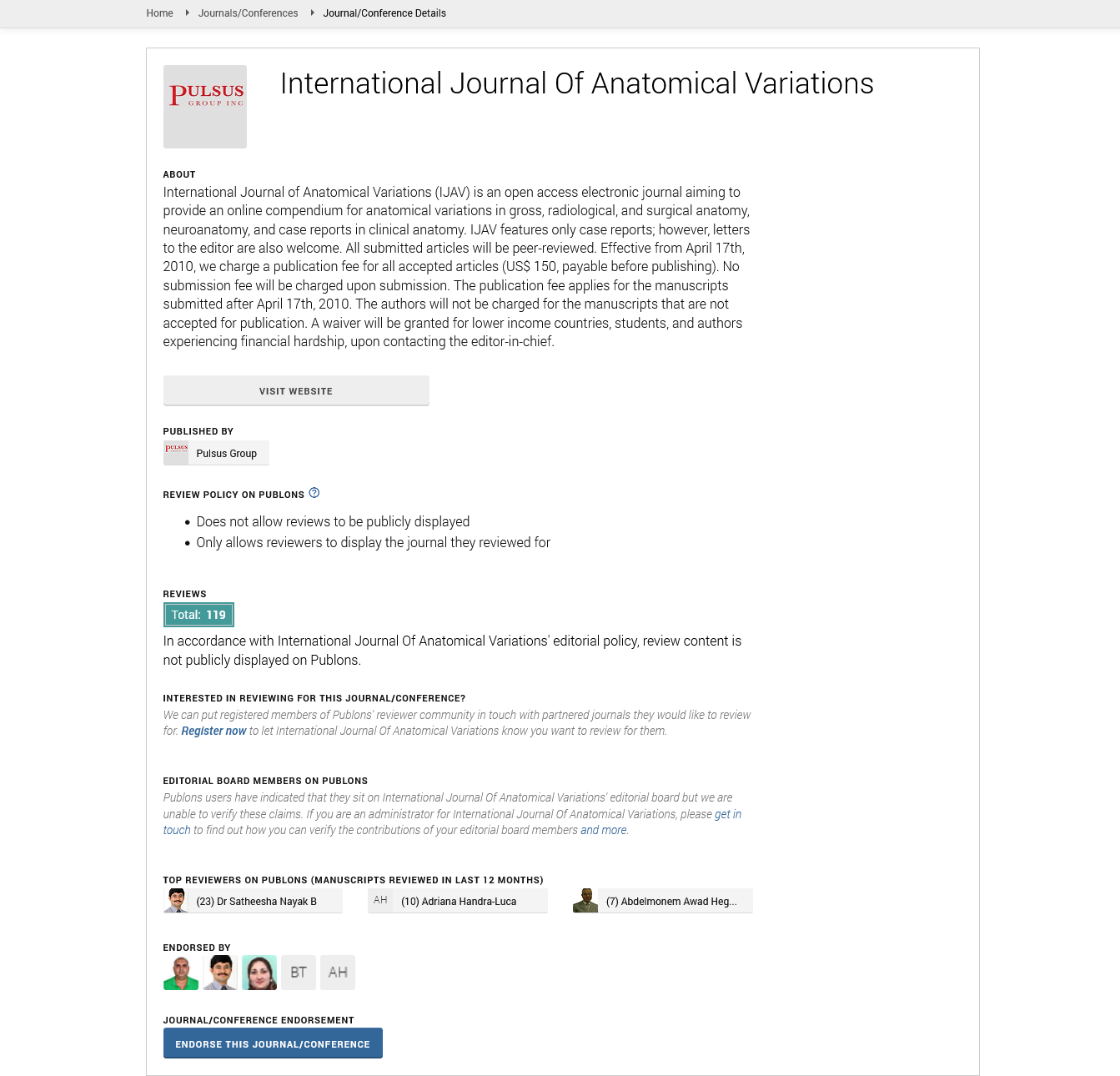The occurrence of a middle left colic artery in a 76-year-old white male cadaver
2 Department of Anatomy, College of Medicine, Howard University, Washington, DC, USA
3 Department of Biochemistry and Molecular & Cellular Biology, Georgetown University School of Medicine, Washington, DC, USA
4 F. Edward Hebert School of Medicine, Uniformed Services University of the Health Sciences, Bethesda, MD, USA
Received: 28-Jun-2019 Accepted Date: Jul 29, 2019; Published: 05-Aug-2019
Citation: Granite G, Meshida K, Jones S, et al. The occurrence of a middle left colic artery in a 76-year-old white male cadaver. Int J Anat Var. 2019;12(3): 26-29.
This open-access article is distributed under the terms of the Creative Commons Attribution Non-Commercial License (CC BY-NC) (http://creativecommons.org/licenses/by-nc/4.0/), which permits reuse, distribution and reproduction of the article, provided that the original work is properly cited and the reuse is restricted to noncommercial purposes. For commercial reuse, contact reprints@pulsus.com
Abstract
A high degree of variation in origin, trajectory, and branching patterns characterizes the anatomy of mesenteric vascular structures. Detailed knowledge of normal and variant anatomy of the abdominal arterial supply serves to improve the outcome of oncologic, surgical, radiological interventions and reduces the likelihood of complications. Such familiarity is equally important for instructors teaching anatomy to students in the various medical disciplines. Case studies highlighting such vascular variations provide anatomical instructors and surgeons with accurate information on the types and prevalence of such alterations. This article highlights an abdominal vascular variation involving the middle colic artery. This vessel, known as the left middle colic artery, was found during anatomical dissection of a 76-year-old White Male cadaver.






